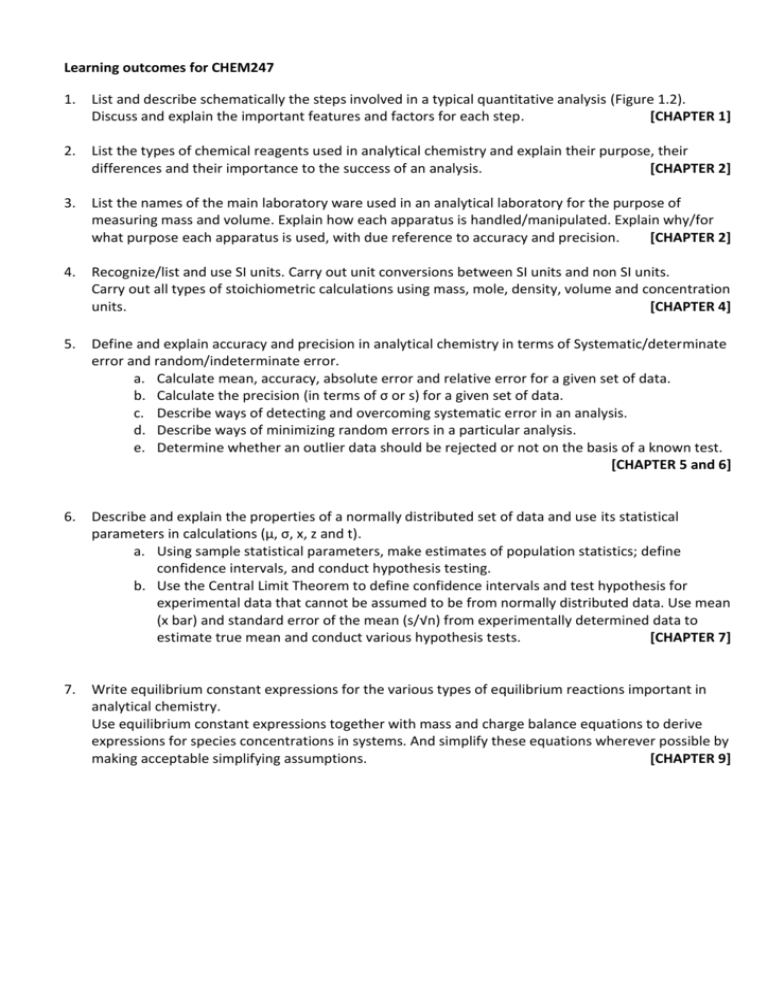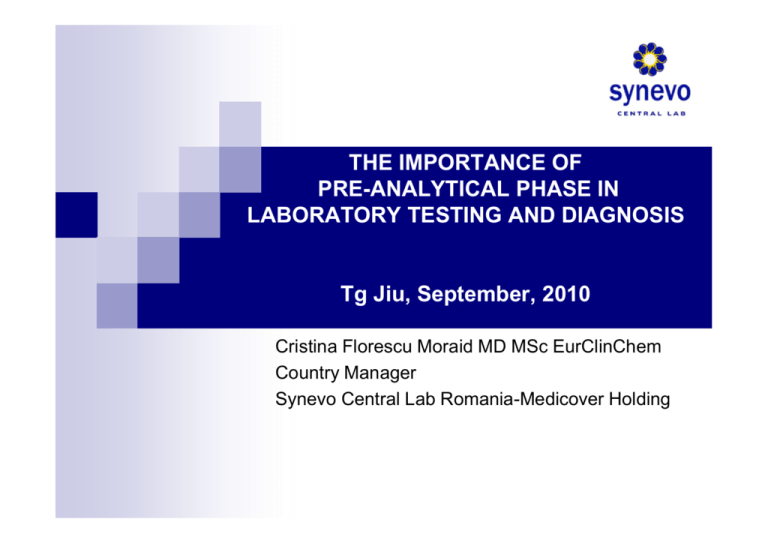Excitement About Analytical Laboratory
Wiki Article
10 Easy Facts About Ohaus Analytical Balance Shown
Table of ContentsAll About Analytical Balance CalibrationFascination About Analytical Balance PriceThe smart Trick of Analytical Balance Calibration That Nobody is DiscussingAnalytical Laboratory Can Be Fun For Everyone
The organizing concerns with training can be overcomedigital resources come anytime as well as anywhere the trainee has internet gain access to. analytical laboratory. Here's the killer part of implementation thoughin a study that I have actually adhered to, a peer team of students then gather to train each other, based upon what they have discovered online.It obtains much better, the students are then called for to use their wearable or mobile tech to videotape the same operations during "day-to-day" work over a collection period or number of events, and also these video clips are after that posted for review to ensure training transfer into the workplace. This technique is advancement as opposed to transformation, but it has a lot that declares going for it.
, then, with some standardization, we might maybe start to develop a digital educational program that can be utilized on a sector vast basis, which is the 2nd essential proposition I desired to lead us towards.
We may intend to ask ourselves if we are really supplying a fantastic industrial training as well as learning experience to our staff, as well as just how anything we do to improve the performance of lab training, could pay us load very swiftly in regards to enhanced compliance, quality, as well as lab performance. As well as the morale uplift in our team who feel more "invested in" and also have the ability to happily show their electronic badges which are collecting nicely towards their Registered Analytical Drug store accreditation.
The Best Guide To Mettler Toledo Analytical Balance
Pure as well as Applied Chemistry, 2016, Quantity 88, Problem 5, pp. 477515; online 22 June 2016Human mistake in chemical evaluation is any activity or lack thereof that results in going beyond the tolerances of the problems needed for the normative job of the measuring/testing (chemical logical) system with which the human communicates.On various other actions of chemical evaluation the human is the analyst/operator of the determining system. The resistances of the conditions are, as an example, intervals of temperature and stress values for example decomposition, purity of reagents, p, H worths for an analyte extraction and also splitting up, and so on. They are formulated in a conventional operation treatment (SOP) of the evaluation describing the normative work, based on outcomes of the analytical technique recognition research.
The mistakes may occur at any type of action of chemical logical measurement/testing process, m = 1, 2,, M (area of the mistake). The major actions, as an example, are: 1) selection of the chemical logical approach and also matching SOP, 2) tasting, 3) evaluation of an examination portion, and 4) estimation of examination outcomes and also coverage.
The chemical analysis may begin with an analyte removal from an examination part as well as separation of the analyte from various other parts of the extract. The analyte recognition and also confirmation are very important sometimes. Only calibration of the measuring system and also metrology of the analyte focus are appropriate. On the various other hand, picking of an analytical approach as well as SOP might not be required in a research laboratory where only one approach and corresponding SOP are applied for a certain task.
Examine This Report on Analytical Balance
The kind of human error and the step of the analysis, in which the error might occur, create the occasion circumstance, = 1, 2,, I. There are optimum I = K M scenarios of human mistakes. Considering that K = 9 here, I = 9M. These circumstances put together produce a map of human mistakes in chemical analysis.The primary system components are: 1) validation of the measurement/analytical approach and formulation of standard operation procedures (SOP); 2) training of analysts and proficiency testing; 3) top quality control using analytical charts and/or other means; as well as 4) guidance. Each of such elements has weak factors, whereby mistakes are not avoided, similar to openings in slices of celebrity.
That is revealed in Fig. 1 as the pointers blocked by the layers. In order for a case to take place and also an atypical examination result to appear, the openings in the layers need to align at the same time to permit a trajectory of case possibility to pass the system (through its issue), as portrayed in Fig.

Blocking human mistake according to situation i by a quality system part j can be much more reliable in presence of another part j' explanation (j' j) as a result of the synergy (i)jj' in between both parts. The harmony might amount to 0 or 1 whenever the result is absent or existing, specifically.
The Ultimate Guide To Analytical Balance Calibration
The efficiency score of the top quality system at different actions of the analysis can be assessed additionally. Examples of the quantification are readily available in Annex A of the Guide. you can check here Risk Examination of Human Mistakes, Since the danger of human mistake is a mix of the chance and also the intensity of that error, their reduction rij is the risk reduction.

Report this wiki page